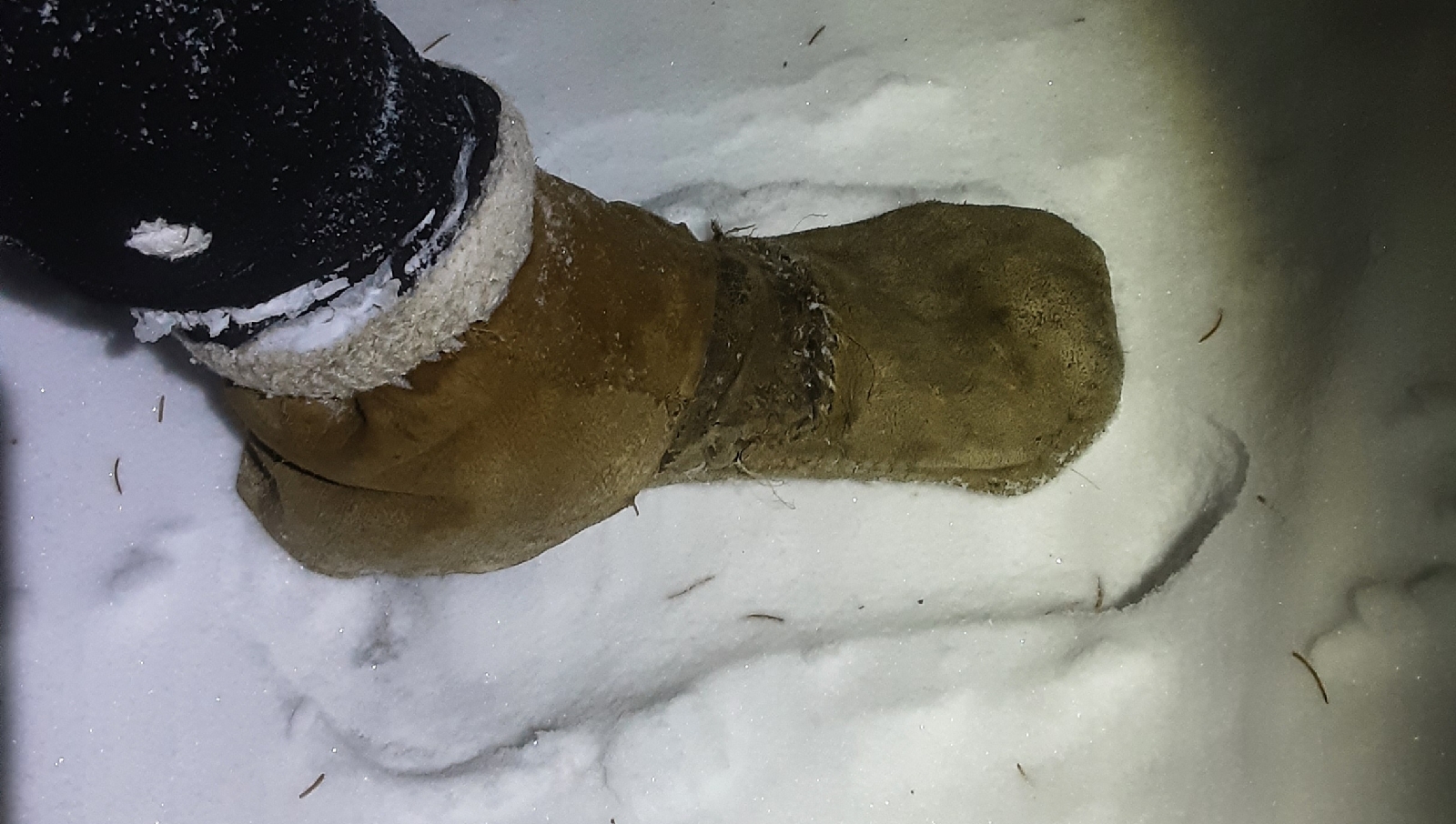Aiming the shaft: the most important principle in archery
To some it may seem obvious, but - the most important step in archery, regardless the type, past or mosdern, regardless what he or she says is correct archery, regardless the bow, or hand technique you do or don't apply the shaft will be set into a streight (it can arch or curve slighly - the more so however, the weaker the impact) trajectory and a direct force is applied to the nock that will follow through to the distance of bow brace, so the nock meets rough to the point in space where the tip of the arrow was at draw. Simply put, regardless of what technique you apply, khatra or move to the side, or both, or none, your goal as an archer is to direct the shaft into a trajectory to its mark and propelling it by a force to the nock (these varibles are calibrated faster and eventually subconsciously, through much practice and they are judged based on the weight of your string draw and shaft). It may seem obvious, but to me it wasn't because I wanted to learn instinctiv...





